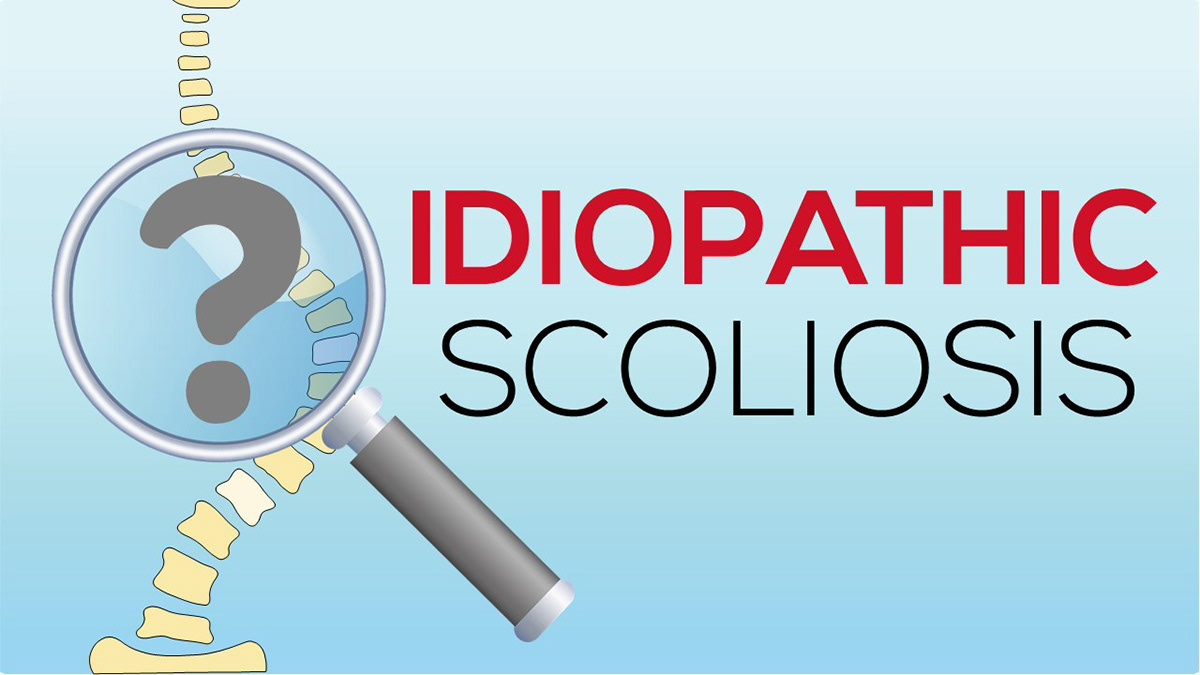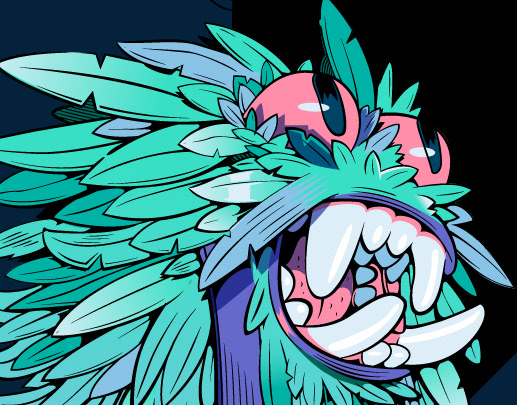When I was 9 years old, I was diagnosed with Idiopathic Scoliosis. At first, I did not know what it was so I just ignored it. Little did I know that it can affect my daily life. As time went by, the curve progressed fast and I've experienced problems in my physical, mental, and emotional health.
As an Industrial Designer, I want to be able to help not only myself but also other scoliotic people as well. Therefore, I designed the EMBRACE: A Design of An Assistive Wearable Device for Adolescents with Idiopathic Scoliosis.


The word "scoliosis" came from the Greek word "skolios" which means curved or crooked. It is the curvature of the spine greater than 10 degrees as measured using the Cobb Angle. It is usually seen as an "S" shape or a "C" shape.
Idiopathic scoliosis is the most common type of scoliosis wherein the cause is unknown. It occurs in more than 80% of people with scoliosis.

In the Philippines, one (1) in forty (40) people have scoliosis, which is approximately 30 million Filipinos.

Scoliosis can occur both in males and females but since the curve increases faster in females, it is eight times more common on females.

Scoliosis can occur in any age but it is usually discovered in the adolescent years (ages 10-18).

The severity of scoliosis depends on the degree of the curve.
Mild scoliosis have curves between 10 to 25 degrees.
Moderate scoliosis have curves between 26 to 40 degrees.
Severe scoliosis has curves more than 40 degrees.

There are different methods of treating scoliosis and it will depend on the age of the person, the degree of the curve, and the maturity of the bones.
There are usually three (3) treatments for scoliosis: observation, bracing, and surgery.
Observation is done if the curvature is mild only, but this is not recommended since it will only make the progression worse.
Bracing is the only non-surgical treatment that is proven to be successful in treating scoliosis. It is usually recommended if the curve reaches 20 degrees and if the patient is still growing.
Surgery is done if the curvature is already severe.

There are two types of braces for scoliosis: Rigid and Dynamic.
The type of rigid brace that will be recommended to the patient will depend on his/her degree of curvature and type of scoliosis.
Rigid braces differ on the time they are required to be worn by the patient. Some are worn throughout the day, between 16-23 hours a day. While some are only worn during the night for 8-10 hours while the patient is sleeping.
Dynamic braces are a new trend in scoliosis bracing. Unlike rigid braces, these are made from flexible material which allows the wearer to move freely while wearing it. The patient can also do exercises while wearing the dynamic brace.



Based on the comparison, Dynamic Braces are better compared to the Rigid Braces.

There are alternative treatments for Scoliosis other than bracing. These are physical therapy, massage, exercise, chiropractic care, and acupuncture. But these methods do not really treat scoliosis but only lessen the pain the patient is experiencing.

Physical Therapy is the most common treatment preferred by patients.

Patients with scoliosis experience many problems such as disrupt in growth, pain, discomfort, psychosocial problems, and respiratory and heart problems.

Patients were asked to rate the pain they experience because of their scoliosis, with 10 being the highest and 1 being the lowest. Most patients answered 8/10.

Patients usually experience pain in the thoracic area (middle back). Scoliotic children experience pain in the scapular area while scoliotic adults experience pain in the lumbar area (lower back). However, the area of pain also depends on the degree and type of curve.

The Target Market of this study are active adolescents (ages 10-20) with Idiopathic Scoliosis (and their parents), middle and upper Class C, orthopedic doctors, physical therapists, hospitals and clinics, and manufacturers of braces.






The proponent developed several concepts based on the features recommended by the target market.


The proponent also developed several prototypes to test and experiment the proposed concepts.
Based on the feedback given by the users during the prototype development, the proponent was able to come up with the proposed final design.





The proponent also designed the user interface of the application for smartphone. The proposed design solution comes in different colors, sizes, and another variant for men.


BRANDING:



CONCEPT DEVELOPMENT SKETCHES:



TECHNICAL DRAWINGS:









